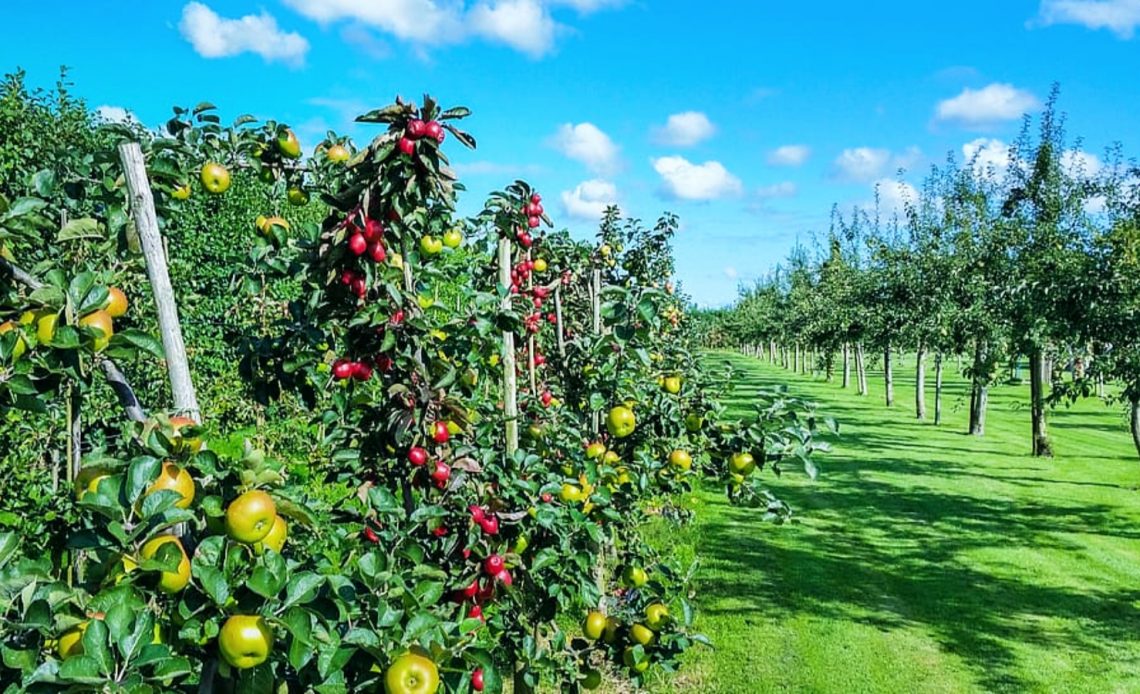

We’re here to help! Wild Yards is a completely free website that is 100% dedicated to helping you create a wildlife-friendly, sustainable yard. Read more
WildYards is reader-supported. When you buy a product through a link on our site, we may earn a comission. Every product is independently selected by our (obsessive) editors and our reviews are unbiased and objective. Read more about our mission or our privacy policy.
Fertilizing your garden is vital to help the plants bloom. Your plants rely on a variety of vitamins and minerals to bud out and continue growing.
Phosphorus, in particular, plays a critical role in flower production and is an essential component of a plant’s reproductive process.
If you’re a first-time homeowner looking for the best plant food for your foundation landscaping, you’ve probably heard that high-phosphorus fertilizers are a good choice. But you’re just not sure why.
How do high phosphorus fertilizers compare to other fertilizers, and when should you use them?
High phosphorus fertilizers are specifically designed to support plants throughout their reproductive cycles, from flowering to producing fruit. Phosphorus is also important because it helps plants create strong root systems.
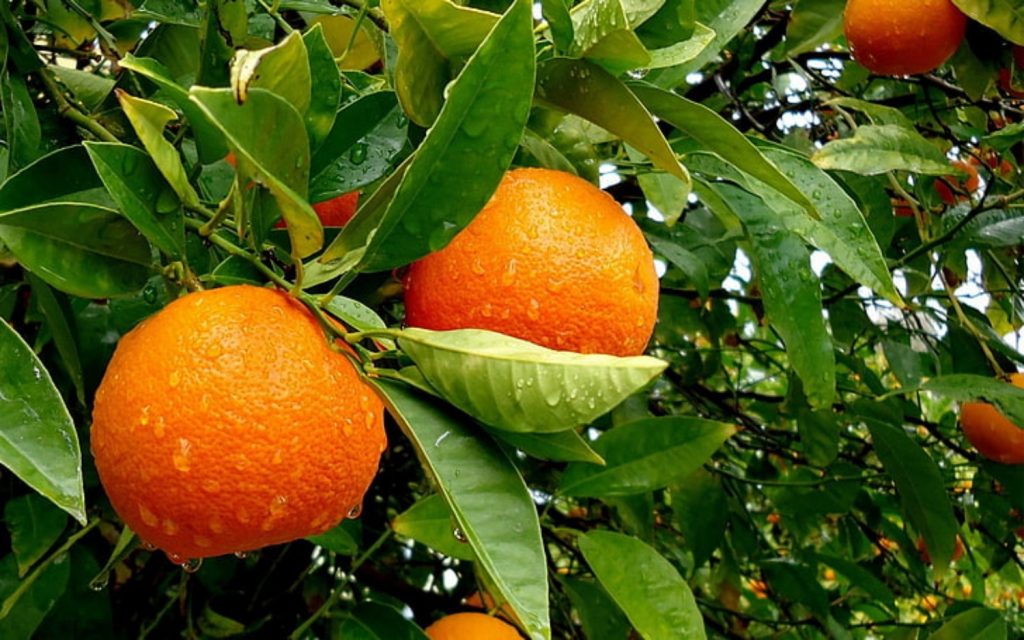
What does phosphorus do for plants?
Phosphorus is one of the most important nutrients for plants because it plays a critical role in their reproductive processes.
Flowering plants rely on ample doses of phosphorus to produce their blooms, and to make those blooms attractive to pollinators by filling them with loads of pollen and sweet-smelling nectar.
Once the plant’s flowers have been pollinated, phosphorus enables the plants to produce their fruits. By allowing the plant to create stronger root systems, phosphorus increases the uptake of other essential and trace minerals from the surrounding soil.
As the plant’s fruits ripen, phosphorus supports seed production, so healthy new plants can be started later on.
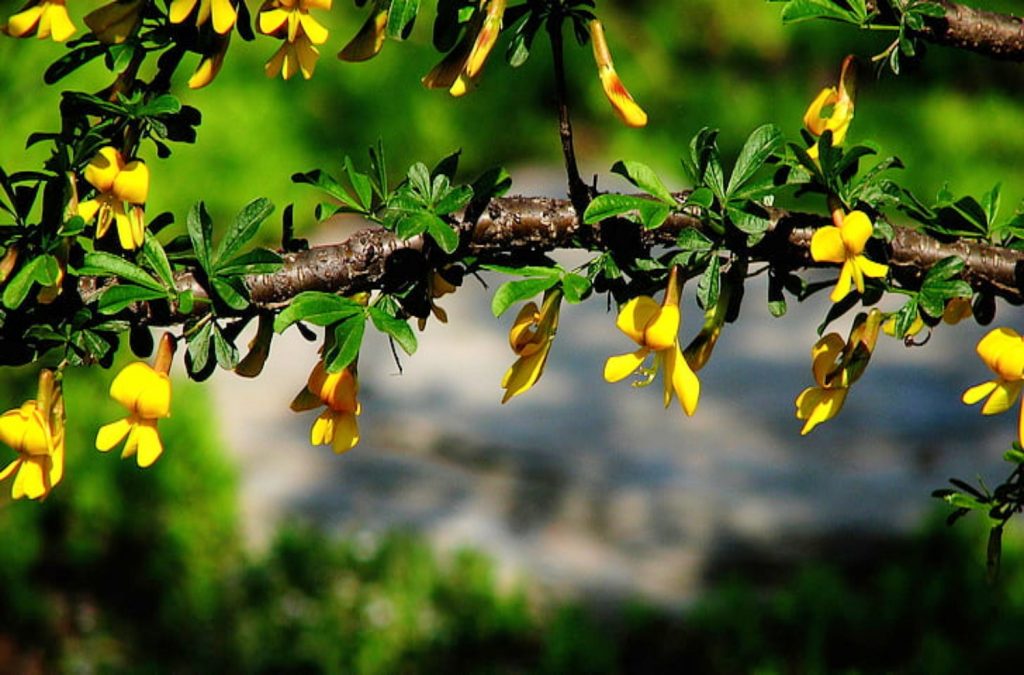
What are the symptoms of phosphorus deficiency in plants?
Phosphorus deficiency in plants is most evident during the vegetative stage of development, usually in the springtime. Symptoms worsen during cold temperatures and often disappear once the soil warms up.
Plants that are deficient in phosphorus display abnormally dark, dull blue-green to reddish-purple foliage. Symptoms usually affect the oldest portions of the plants first.
New leaves typically appear healthy but are smaller than normal.
Other signs of phosphorus deficiency include stunted growth and poor flower and fruit production.
What are high phosphorus fertilizers used for?
As plants bloom and produce fruit, they leach nutrients from the soil. When we harvest a plant’s flowers and fruits, we rob them of the phosphorus they need to produce more flowers and fruits later on.
Since phosphorus plays such an integral role in a plant’s reproductive cycle, high-phosphorus fertilizers are often used to feed flowering and fruiting plants.
Feeding plants a high-phosphorus fertilizer replenishes lost stores of this valuable element, allowing them to continue flowering and fruiting.
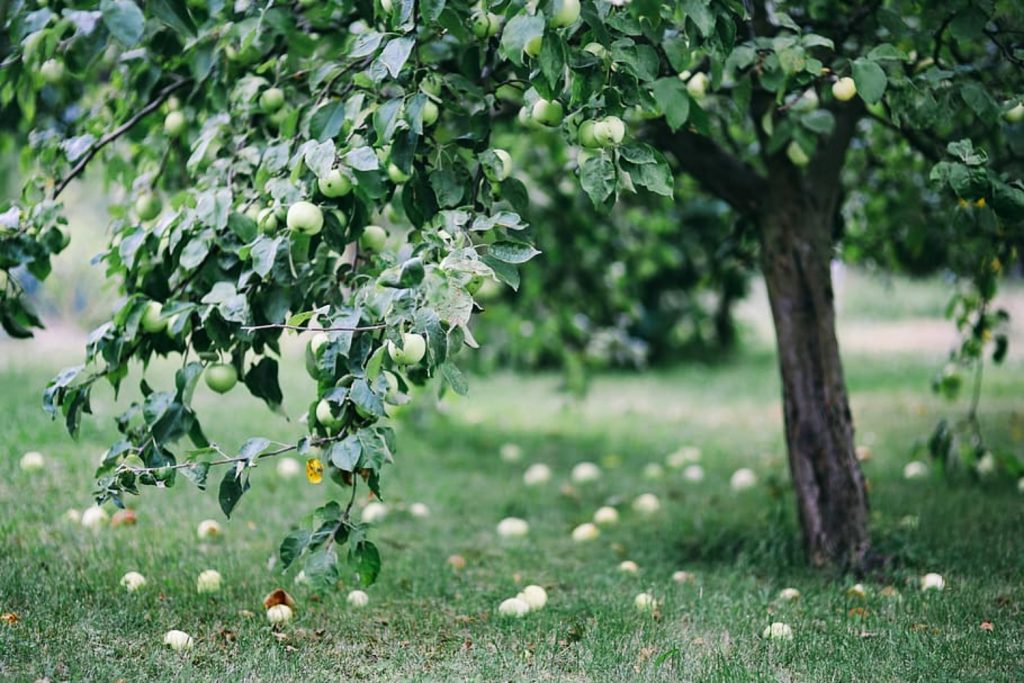
When should you use a high-phosphorus fertilizer?
It’s best to apply high-phosphorus fertilizers to flowering and fruiting plants at the start of the growing season.
Many plants experience a tremendous increase in phosphorus demand at this time, so giving them an extra shot of fertilizer will help them produce an abundance of blooms.
It’s worth noting that phosphorus plays a critical role in root development as well. So fertilizers that are high in phosphorus are often chosen to help young plants get established after transplanting.
Lastly, if you’ve tested your soil and found that it is phosphorus deficient, a high-phosphorus fertilizer can be added to correct the imbalance and create a more hospitable environment for the plants in your landscaping.
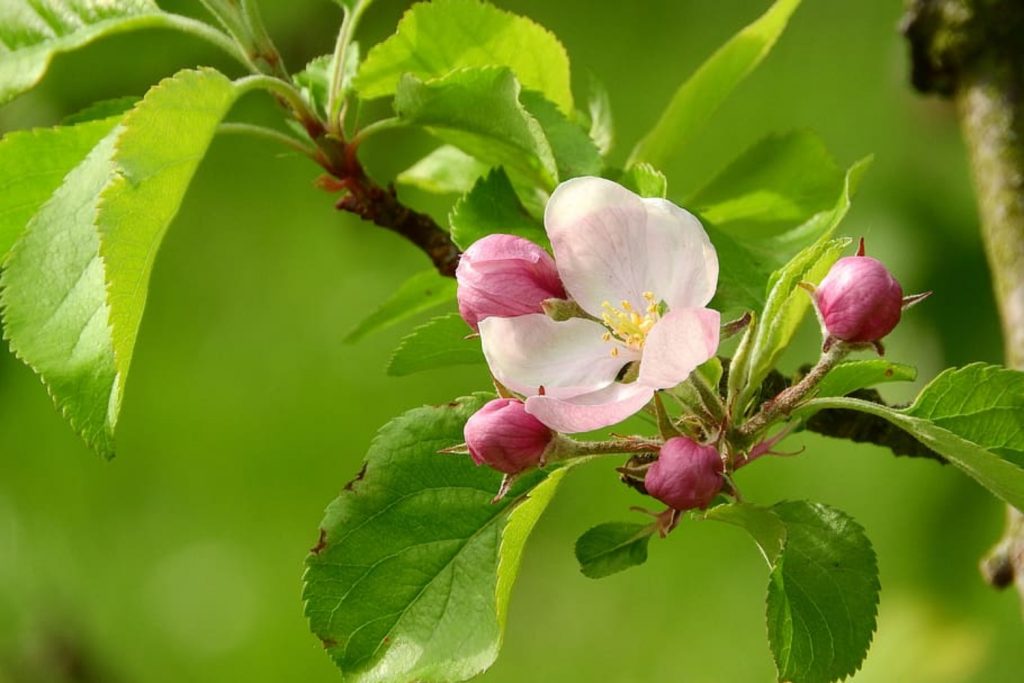
What is phosphorus made of?
Phosphorus is a non-metal element with the scientific symbol P and atomic number 15.
This element is found in relatively low concentrations within the earth’s crust, comprising 0.1% to 0.2% overall.
However, phosphorus is essential for life because it plays a critical role in cell signaling, energy transfer, and DNA and RNA synthesis.
Phosphorus can be found naturally in hair, bones, and animal waste. Many fertilizers pull phosphorus from these sources.
Synthetic phosphorus, like ammonium phosphate and calcium phosphate, are chemicals produced from mined rock phosphates. These types of phosphorus are commonly used in NPK fertilizers.
How to read a fertilizer label
If you’ve never chosen a fertilizer before, you’re probably feeling confused. Why do synthetic fertilizers list three numbers on the label? What do they mean?
The three numbers on a fertilizer’s label represent the product’s NPK ratio. This number tells you what percentage of nitrogen, phosphorus, and potassium the fertilizer contains, respectively.
Some NPK fertilizers, like 16-16-16 and 17-17-17, are balanced, meaning they contain an equal split of nitrogen, phosphorus, and potassium.
These all-purpose fertilizers support a plant’s general health by providing them with an extra dose of three of the elements they rely on the most.
Other fertilizers, like 30-0-10, contain nitrogen and potassium with no phosphorus at all.
Nitrogen supports lush, green foliage production, and potassium prevents plants from losing moisture. So this type of fertilizer is ideal for lawns and non-flowering plants and shrubs.
If your plants are in need of an extra dose of phosphorus in particular, then look for high-phosphorus fertilizers like 6-24-6 and 10-20-10.
These fertilizers will give your plants enough phosphorus to continue blooming and producing fruits, without creating nitrogen and potassium imbalances in the process.
10 High phosphorus organic fertilizers for your garden
Synthetic NPK fertilizers certainly have their uses. These types of fertilizers are easy to find, easy to use, and fast-acting, so your plants can start benefitting from them right away.
Unfortunately, these types of fertilizers are not organic.
If you’re determined to grow your flowers, fruits, and vegetables from non-chemical-based materials, then you’ll need to choose an alternative source of phosphorus.
Here are 10 all-natural high-phosphorus fertilizers to feed the plants in your organic garden.
| Fertilizer type | Nitrogen content | Phosphorus content | Potassium content |
| Hair | 10-12% | 20-30% | 0% |
| Rock phosphate | 0% | 17-30% | 0% |
| Bone meal | 3-4% | 12-15% | 0% |
| Bat guano | 3% | 10% | 1% |
| Fish meal | 10% | 5-6% | 0-2% |
| Chicken manure | 3-6% | 2-4% | 2-3% |
| Fish emulsion | 2-5% | 2-4% | 1-2% |
| Worm castings | 1-2% | 1-2% | 0-1.5% |
| Compost | 1-4% | 0.5-1% | 1-2% |
| Cow manure | 1-2% | 1-2% | 1-1.5% |
Hair
If you’re an avid birdwatcher, then chances are, you already save hair clippings to help your local flock line their nests. But hair can be put to good use in your garden, too.
Human hair is about 25% phosphorus by weight, making it an ideal source of phosphorus for the flowers in your landscaping.
Hair breaks down slowly, so if your plants are showing visible signs of phosphorus deficiency now, it won’t help raise levels anytime soon.
That said, hair can be added to compost. Kept in a warm, damp environment like a compost heap, human hair will begin disintegrating much more quickly.
For best results, use hair that hasn’t been dyed to avoid adding harmful chemicals to the soil.
You can also use pet hair. The next time you take Fido to the groomer, ask if you can sweep up the floor afterward. Your fruit trees and ornamental shrubs will thank you!

Rock phosphate
If your plants are suffering from phosphorus deficiency, rock phosphate can help alleviate their symptoms quickly.
Ground from sedimentary rocks, rock phosphate is a rich source of phosphorus that breaks down at a moderate to fast rate.
In addition to being fast-acting, rock phosphate is also long-lasting, ensuring your plants have an adequate supply of phosphorus as they make their way through their reproductive cycles.
Rock phosphate is environmentally sustainable, mined from all-natural rock deposits. It is also an excellent source of trace minerals, including calcium, magnesium, zinc, and iron, all of which enrich the soil, creating a nutritious substrate for your growing plants.
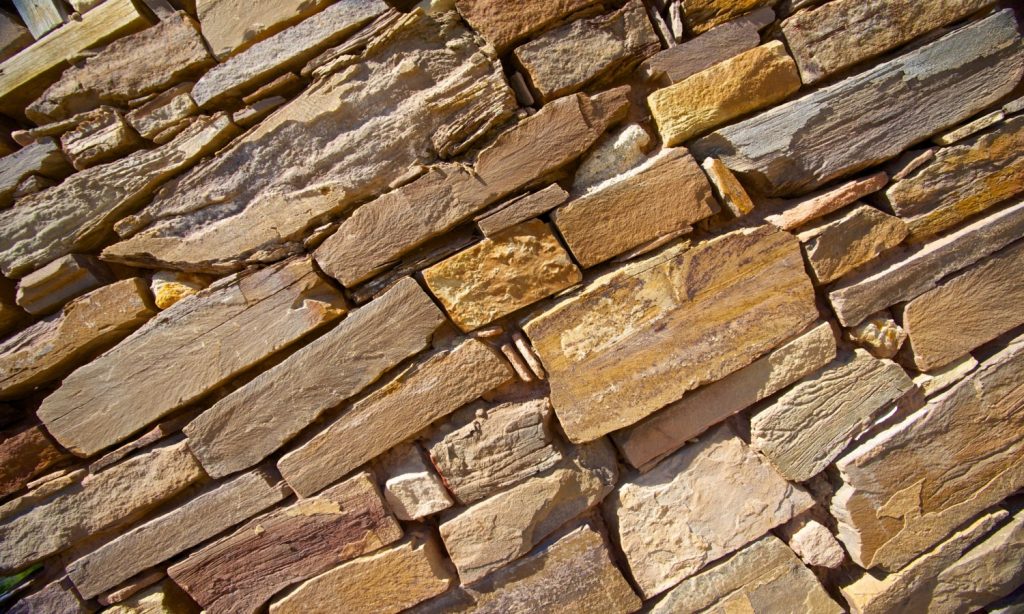
Bone meal
A byproduct of the meat industry, bone meal is made from bones sourced from slaughterhouses. The bones are heat-treated to kill bacteria, then ground up into a fine powder.
Bone meal releases at a moderate rate. It is fast-acting enough to provide relief to plants that are clearly suffering from phosphorus deficiency, yet long-lasting enough to keep your plants fed for months.
Another great thing about bone meal is that it offers gardeners a greater margin for error.
Synthetic fertilizers must be measured precisely. Too much could kill your plants, but too little may not provide them with enough nutrients to help.
With bone meal, you don’t have to be so meticulous in your measurements. Simply sprinkle a little around your plants, mix it with a weed fork, and you’re good to go.
Bone meal’s high phosphorus content makes it particularly useful for feeding newly transplanted plants.
Whether you just moved a whole tray of tomato seedlings to your vegetable patch, or you’re finally moving those morning glory seedlings to their permanent home, adding some bone meal to their soil can help them get established much more quickly.
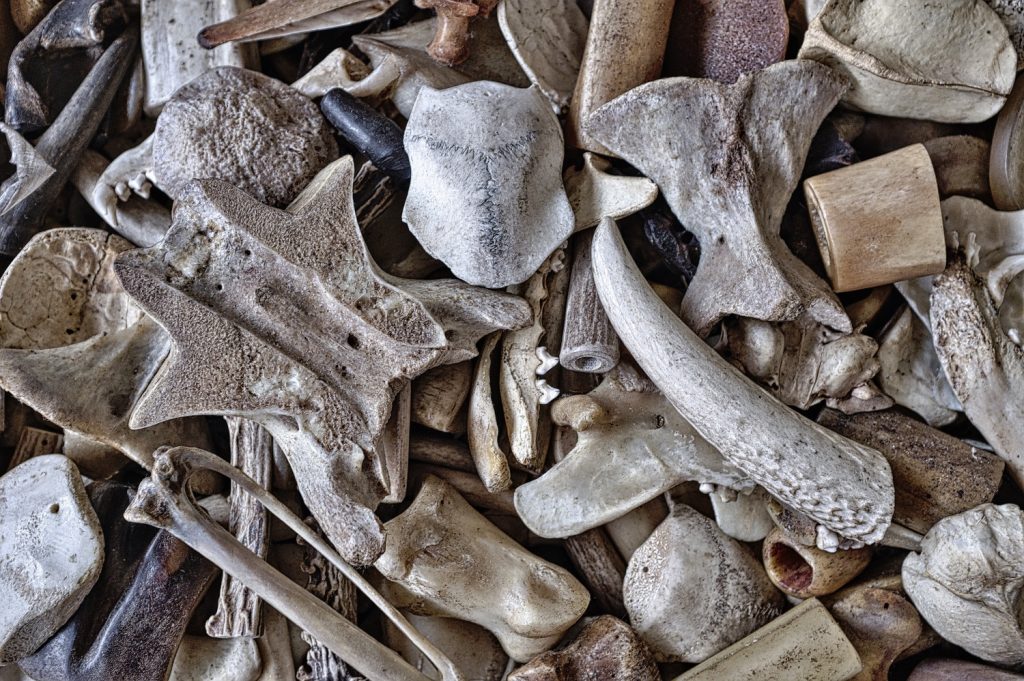
Bat guano
Bats may make your skin crawl, but the fact is, these nocturnal insect-eating mammals play a vital role in an ecosystem.
If you happen to live near a colony of bats, consider yourself lucky!
These helpful critters keep bug populations down, and they also pollinate a variety of flowers, promoting fruit production in your garden.
Living near a group of bats has another benefit: it gives you the opportunity to collect their feces — which is gross, there’s no doubt about it. But it’s also a good thing.
Bat guano is a nutritious source of nutrients that the plants in your garden and landscaping will love. Not only is this organic matter rich in phosphorus, but it contains ample doses of sulfur, manganese, copper, boron, zinc, and molybdenum.
This organic source of phosphorus supports healthy plants by promoting microbial activity within the soil. This, in turn, supports your plant’s disease resistance.
Using bat guano as a soil amendment also improves soil structure, making it easier for water and air to reach your plant’s roots.

Fish meal
Made from the bits of fish left over from fish processing plants, fish meal smells about as awful as you would expect it to. But, unpleasant as it is to handle, plants sure love it.
Fish meal is a good source of nitrogen and phosphorus, so it’s ideal for fertilizing fruit trees and vegetable plants.
This organic fertilizer typically releases at a slow to moderate rate, providing plants with a steady supply of phosphorus to pull from as they flower and fruit.
Fishmeal is also an excellent source of trace minerals, like calcium and magnesium. As the materials decay, they feed the beneficial microbes in the soil, improving soil structure and, consequently, plant health.
The only downside to using fish meal is that it can attract animals. Cats, dogs, and raccoons, in particular, may be drawn to the smell of fish meal.
If you do use a fish meal fertilizer to feed your plants, be sure to set up motion-activated sprinklers and other animal-repellent devices to keep these critters from tearing up your garden.
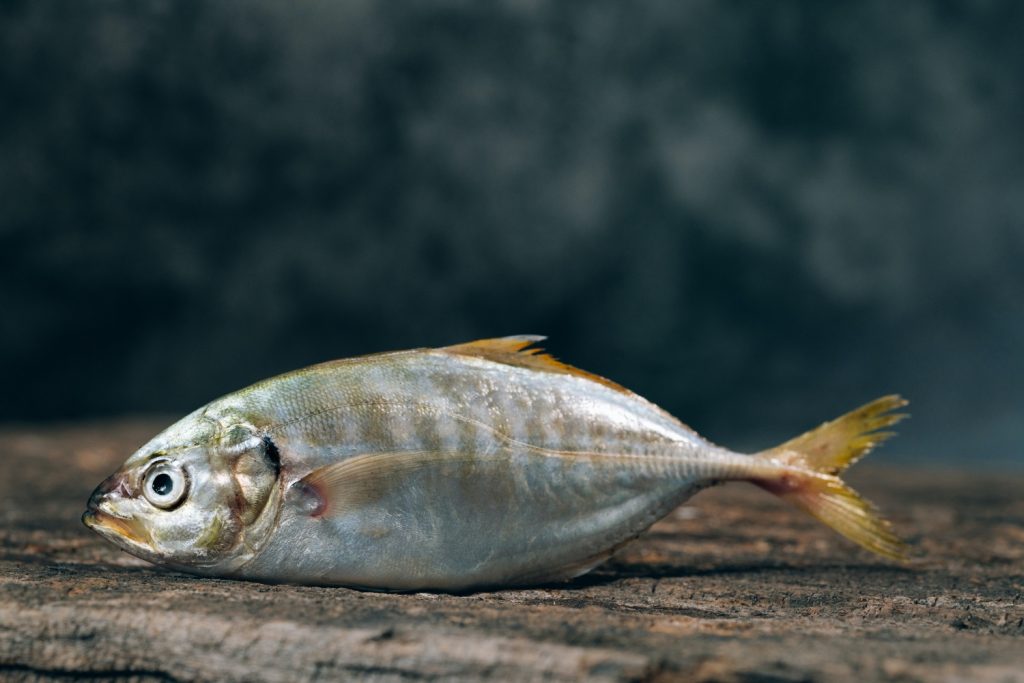
Chicken manure
Fresh eggs and as much poop as you can scoop, that’s what you can look forward to when you raise your own flock of chickens.
Okay, so one of those things definitely sounds better than the other. But just hear us out.
Chicken manure is an excellent source of both nitrogen and phosphorus. It’s also got a decent amount of potassium, meaning it can be used to feed a variety of plants, from the fruits and vegetables in your raised beds to the flowers in your landscaping.
One of the major benefits of using chicken manure to feed your plants is that it’s cheap. Because so many people raise their own backyard chickens these days, you may be able to find chicken manure locally for free.
Chicken manure should be aged before being added to the soil to prevent plants from suffering from nitrogen burn. Aged chicken manure breaks down at a moderate rate, enhancing soil structure and microbial activity, and creating a much healthier substrate for your plants.
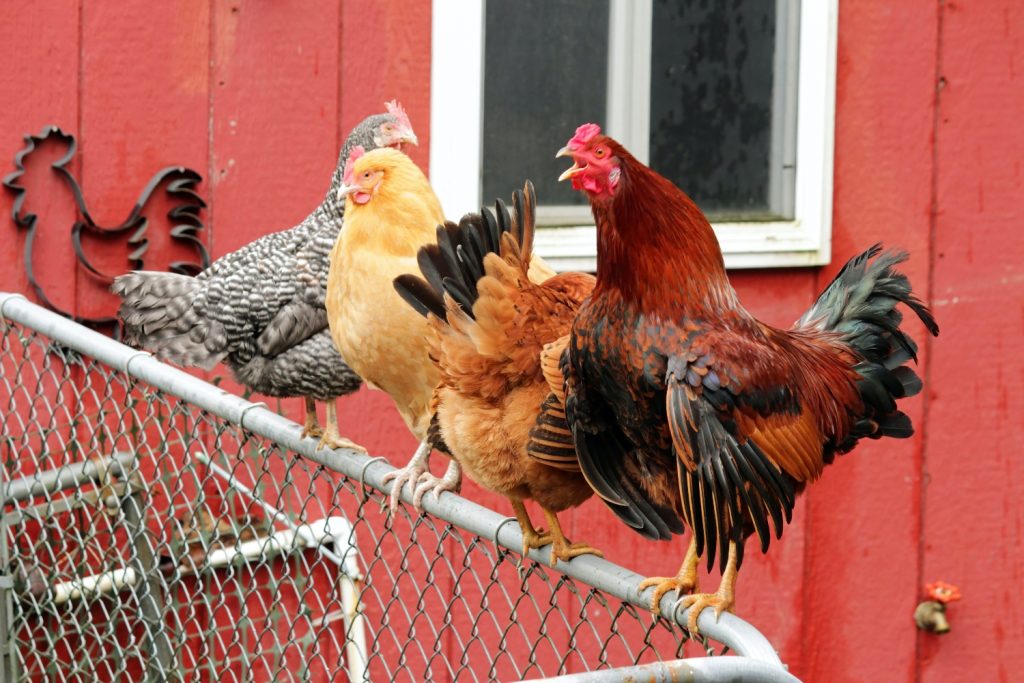
Fish emulsion
Boy, if you think fish meal smells bad, wait until you smell fish emulsion. You’re definitely going to want to make sure you wear gloves when applying this stuff, or you’ll stink for three years.
Fish emulsion is an emulsion of fish, as the name might lead you to suspect. Disgusting as it may sound, it’s actually fantastic for your plants.
This organic fertilizer is an excellent choice for fruits and veggies. But because it breaks down so quickly, it’s a great food for potted plants and hanging baskets, too.
As with fish meal, fish emulsion can attract animals. Be sure to keep your plants well out of reach of animals after feeding them fish emulsion, otherwise hungry critters might tear them apart.

Worm castings
Also known as vermicompost, worm castings are excellent for improving soil structure and providing your plants with absorbable forms of their favorite nutrients, phosphorus included.
Worm castings are easy to find. You can pick them up at just about any nursery or garden center.
Just be sure to choose organic worm castings that do not contain synthetic additives, like ammonium nitrate.
Worm castings are great for feeding plants during the growing season. These materials have already aged and begun to biodegrade. So, unlike chicken manure, they won’t burn your plant’s roots.
You can also mix worm castings into the soil before planting to give your seeds and seedlings plenty of nutrients as they grow.
Worm castings have the added benefit of making the soil more porous, so air can reach your plant’s roots, and excess water can run off quickly.
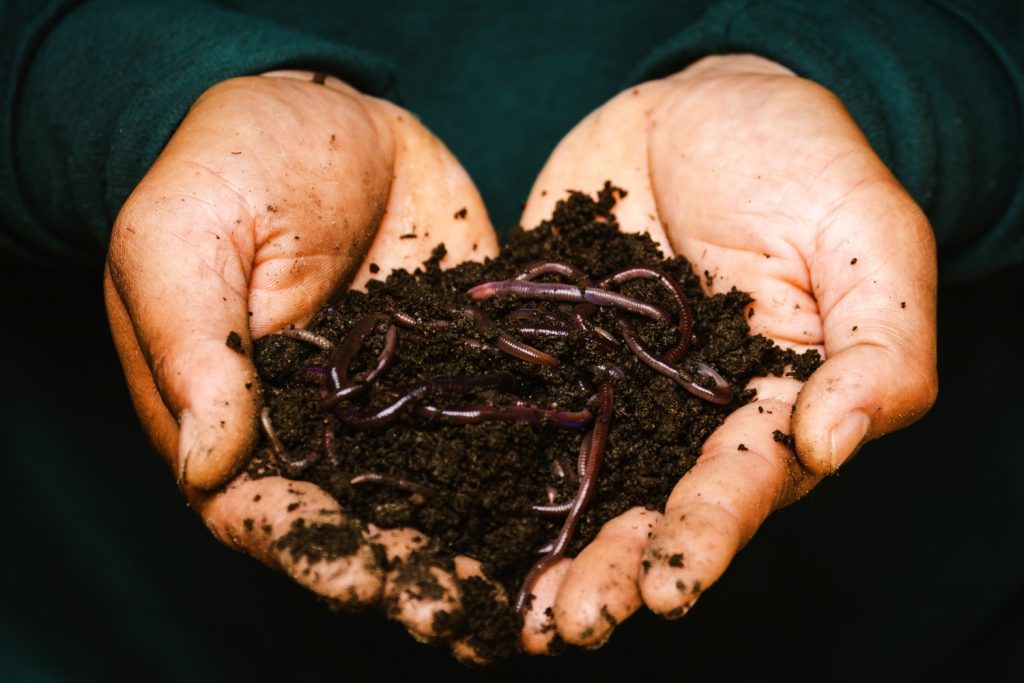
Compost
An ideal compost contains a mixture of one part brown matter, like cardboard and paper, and one part green matter, like lawn clippings and table scraps.
With the help of some highly beneficial bacteria, these materials break down into their basest elements, which your plants can then use to continue growing.
Compost is easy to make at home. Even if you haven’t got a huge backyard, you can begin composting today with a 5-gallon bucket.
Alternatively, you can purchase bagged compost from just about any garden supply center.
Compost provides your plants with moderate doses of nitrogen, phosphorus, and potassium, supporting foliage and bloom production, as well as drought tolerance and pest resistance.
Use compost to give your plants an extra dose of the nutrients they so need, and to improve the structure of their soil so their roots can take hold more easily.
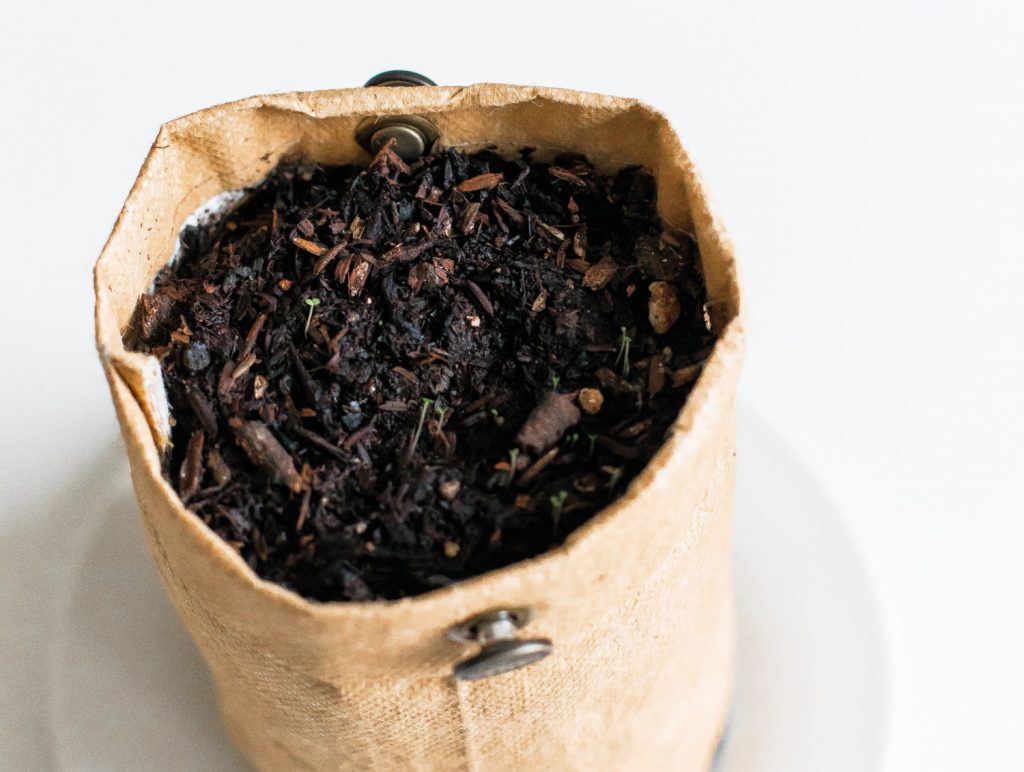
Cow manure
Cow manure is popular organic fertilizer, and a great choice for plants that aren’t showing any signs of nutritional deficiencies, but would benefit from an extra dose of phosphorus.
As with chicken manure, cow manure should be aged before use. Fresh manure of any kind contains high levels of nitrogen. It’s important to let the manure degrade slightly before using it as a soil amendment.
Aged cow manure is cost-effective, renewable, and easy to find.
Apply aged cow manure to the soil surrounding your plants using a weed fork to work it in. Or, mix cow manure into the soil before planting to give your plants a steady supply of phosphorus as they get established.
You can also mix cow manure with other types of manure to help your plants meet their nutritional demands. Cow manure is an excellent ingredient in compost, too.
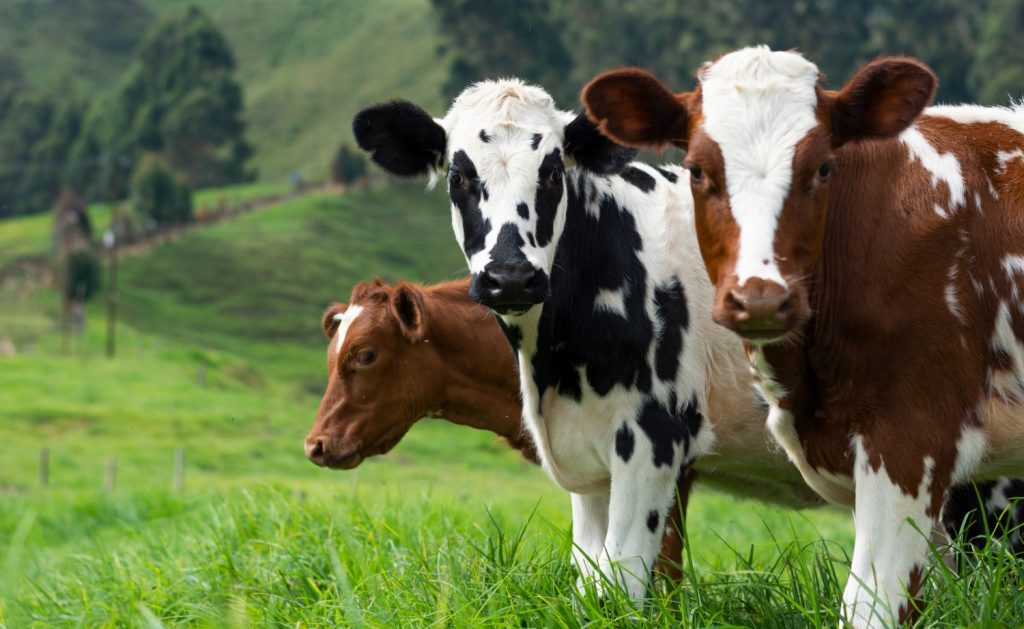
Is it possible to add too much phosphorus to the soil?
As with all things, moderation is key when applying phosphorus to your soil.
While phosphorus plays a critical role in a plant’s reproductive cycles, too much of this element can impair a plant’s ability to absorb other minerals from the soil, leading to nutritional imbalances.
Over-application of phosphorus also spells trouble for your local waterways. Phosphorus can contribute to algae growth, which reduces water quality for fish, wildlife, and livestock.
So no matter which type of high-phosphorus fertilizer you choose, organic or otherwise, always test your soil to make sure your plants really need it.
When should you choose a high nitrogen or high potassium fertilizer instead?
Phosphorus is an essential nutrient for plants. Without it, they cannot adequately replicate nucleic acids, which means they cannot grow well and their health will suffer. So it’s critical that plants get enough phosphorus.
That said, high-phosphorus fertilizers are not appropriate for all plants in all situations. There are times when you should choose a high nitrogen or high potassium fertilizer instead.
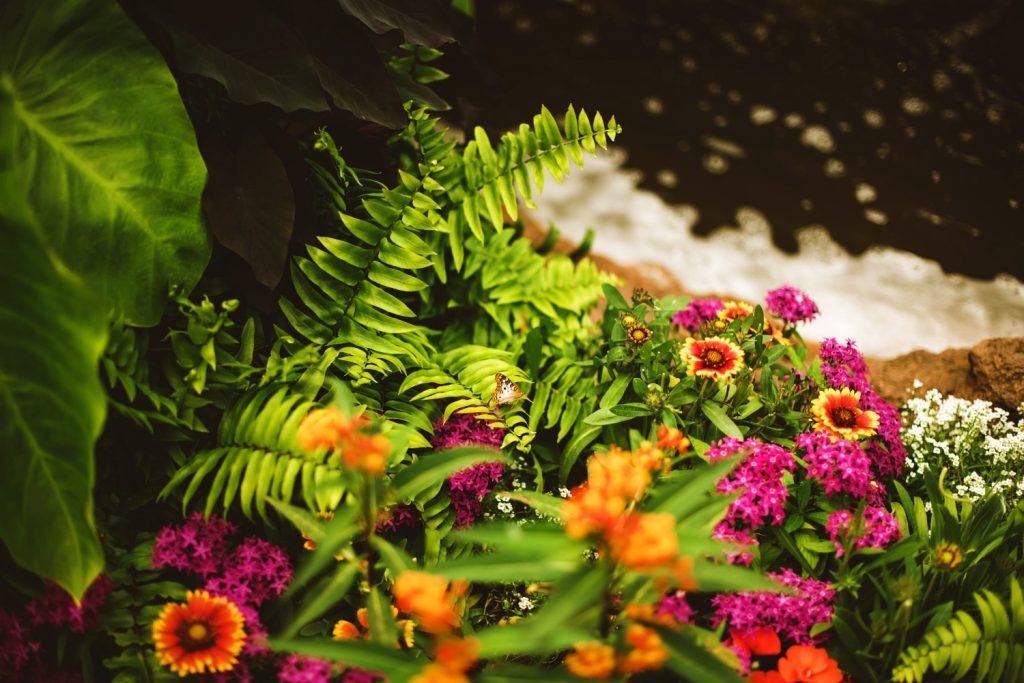
When to choose high-nitrogen fertilizers
If your plants are turning yellow, dying back, and showing signs of stunted growth, those symptoms point to nitrogen deficiency, not phosphorus deficiency.
If your soil test shows your soil is low on nitrogen, use blood meal or feather meal to bring levels back up to snuff.
This element helps plants produce vibrant green foliage and plenty of it so they can continue to produce food for themselves.
Anemic-looking plants with sparse foliage typically benefit from nitrogen-rich fertilizers. Using phosphorus-rich fertilizers to feed nitrogen-deficient plants can make the nitrogen deficiency worse by comparison, and may result in the death of the plant.
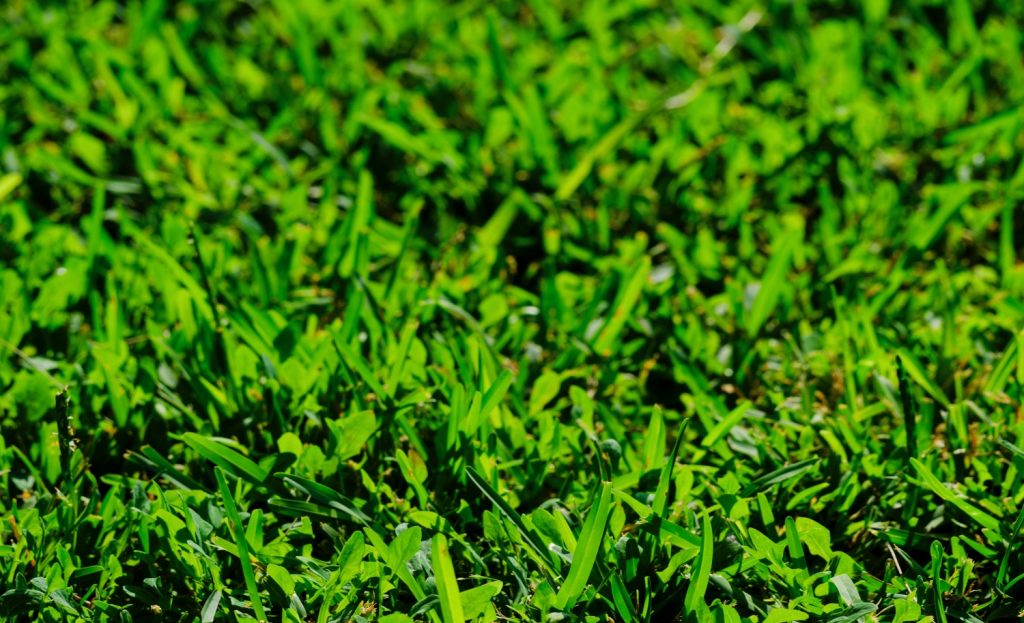
When to use high-potassium fertilizers
Potassium improves stress resistance and regulates energy transfer and respiration. It plays a key role in photosynthesis and growth as well.
Plants that are struggling with potassium deficiency are drought intolerant. They wilt quickly in the sun and look dull and dried out no matter how much you water them.
If your plants are dealing with potassium deficiency, they may wilt and never fully recover, no matter what you do to help them cool down and rehydrate.
Use a soil test to determine whether or not your plants are truly showing symptoms of potassium deficiency.
If they are, then apply wood ash or another high-potassium fertilizer to help them recover.
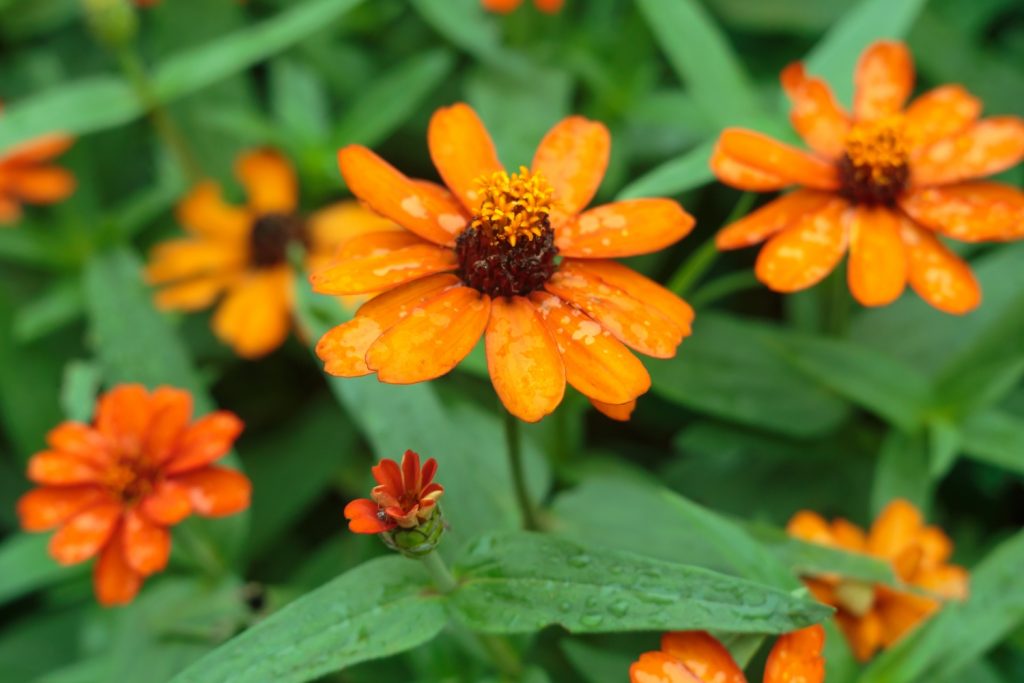
Tips for using high-phosphorus fertilizers properly
It’s important to test your soil before applying any fertilizer to ensure you choose the right one. Applying the fertilizer at the right point in a plant’s growth cycle is also important.
But there are a few other tips that will allow you to use your high-phosphorus fertilizers more effectively.
It’s easy for fertilizers to stick to wet foliage, and they can burn leaves and stems if they do. So always apply fertilizers when plants are good and dry. When you’re done, water your plants well to kickstart the breakdown process, so plants can actually use the nutrients.
By applying high-phosphorus fertilizers wisely, you can help your plants grow their best without creating more nutritional imbalances or damaging the local environment.
